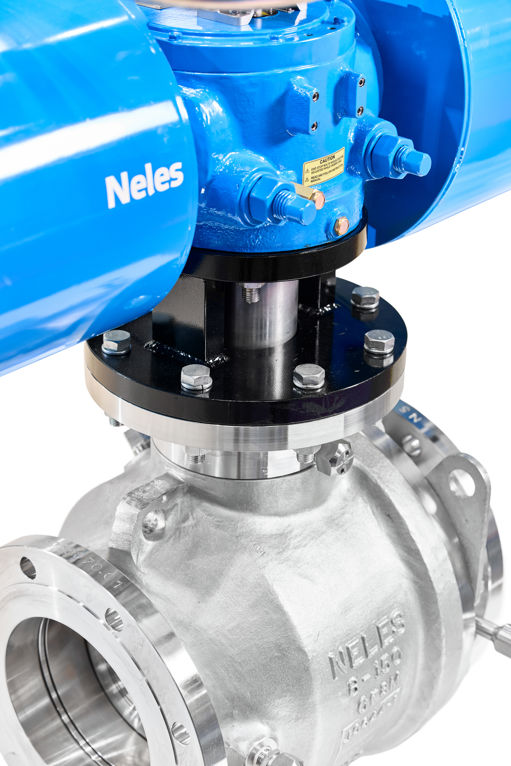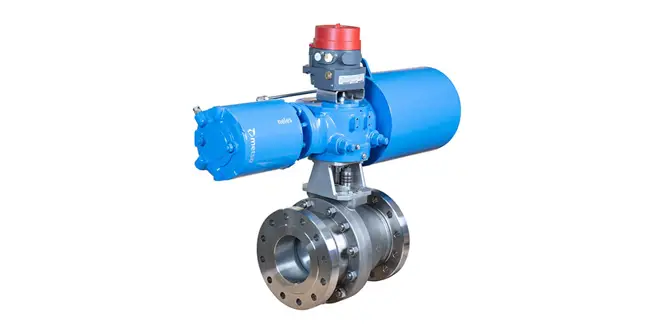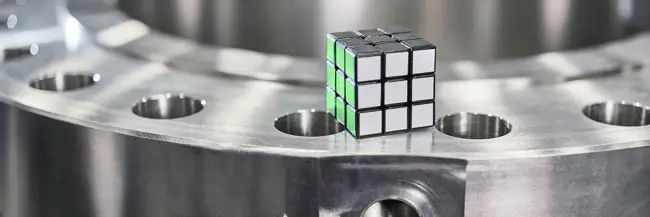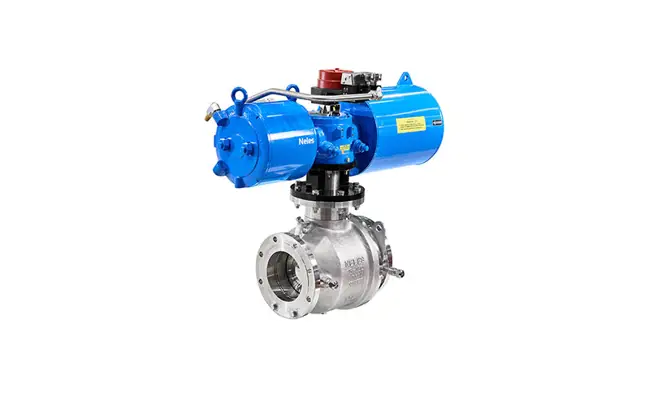Impact of API 6D 25th edition

Valtteri Koskinen, Senior Product Manager, with
API 6D is one of the oldest and most renowned specifications in the valve industry. It undergoes periodic revisions to address concerns about ever-evolving oil and gas industry requirements. We have often been asked about the recent API 6D changes and their impact on ball valves. So one of our experts, Durai Ragavendran, Product manager – Ball valves, has collected some of these recent questions and answers them in this blog. We hope you will find it an interesting read!
API 6D is one of the most widely used specifications in the valve industry. Have there been any changes in API 6D recently?
The most recent version of API 6D is the 25th edition. It became effective in November 2022. The API 6D committee has been systematically updating the document to accommodate the ever-increasing needs of the industry. The changes are also intended to move this specification to a higher level of safety and service for the petroleum and natural gas industry.
There are many changes in the API 6D 25th edition, and the most significant from our perspective are:
- The change in its title to “Specification for Valves”
- The requirement of conformance to API 6DX for valves supplied with actuators
- The identification of minimum bolting requirements (e.g., API 20E bolting for pressure joints)
- The provision of updated design validation guidance.
We know API 6D, but what is API 6DX?

API 6DX is a standard for actuators and mounting kits. This standard was first published in 2012, the most recent version being the 2nd edition of API 6DX. The 25th edition of API 6D mandates the use of API 6DX-compliant actuators and mounting kits on all API 6D valves. Some significant aspects addressed in API 6DX for pneumatic actuators are:
- Actuator sizing and safety factors
- Manufacturing process control including welding, NDE, heat treatment, etc.
- Spring validation type test
- Shell integrity production test for pressure-containing parts
- Piston seal production test
- Validation of torque on each actuator.
Why API 6DX?
For many decades, valves have been governed by many Codes and & Standards, which ensured a good quality supply chain for customers. However, from an end user’s perspective, it is not only the valve but the entire automated assembly that will deliver the required performance. A standard like API 6DX significantly bridges the gap and provides requirements for actuators. As a result, with the end-user benefit of well-performing automated valve assembly in mind, API 6DX is now mandated for all the actuators and mounting kits that are used in API 6D valves.
What is the implication of API 6D minimum bolting requirements for valves?
The pressure boundary bolting for API 6D valve must conform to API 20E or API 20F as applicable. This necessitates a valve manufacturer to procure fasteners from suppliers who are capable of meeting API 20E/F requirements. Not all valve manufacturers have an established supply chain for such special bolting.
What is the recently provided design validation guidance in API 6D?
Design validation is addressed in the informative Annexure-F of 25th edition API 6D, and it is not mandatory. This annexure provides one method of design validation procedures that must be applied if specified by the manufacturer or purchaser. This covers various type tests, documentation and a scaling guide for extending the qualification for a given product range.
What could be one major benefit for a valve user from the 25th edition of API 6D?
API 6DX valve automation is a major step towards ensuring an end-to-end high-quality supply chain for end users. After all, an end user typically prefers a single source supplier for API 6D valve & API 6DX automation to ensure the warranty of the entire assembly. Indeed, Valmet is one of the few suppliers with the ability to ship API 6D ball valves and API 6DX automation, backed by global aftermarket support.
Text by Durai Ragavendran, Product manager, Ball valves
Discover more related to ball valves

Subscribe to our newsletter
Subscribe now to our 'Go with the flow' newsletter and receive the latest insights directly to your email.
Subscribe




